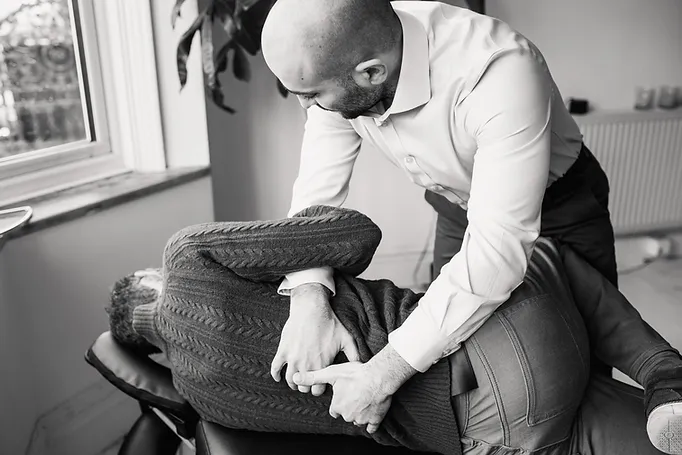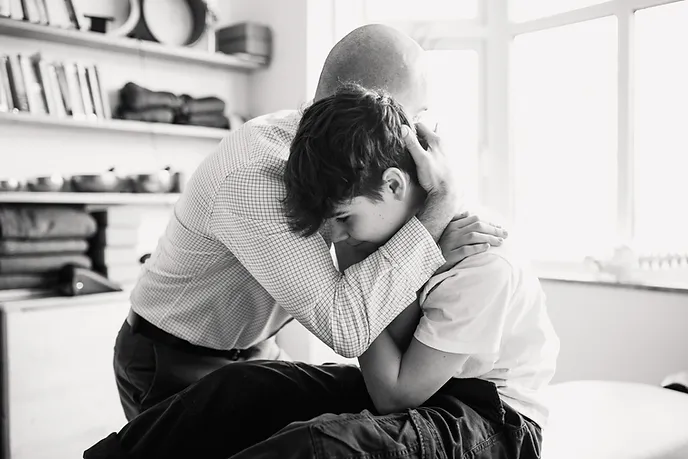Alive Blog
Chiropractic for horse riders
Can we improve the connection?
Horse riders falls into a particular category of clients. They are much more aware of their body and how it works than the average client. This is due to 2 reasons: first of all, the fact that their sport involves so many important muscle compartments of the human body, at once. Second, the relationship with the horse. By keeping close contact with the horse, the rider receives immediate and honest (what’s more honest than nature?) feedback regarding imbalances, weaknesses, and instabilities.
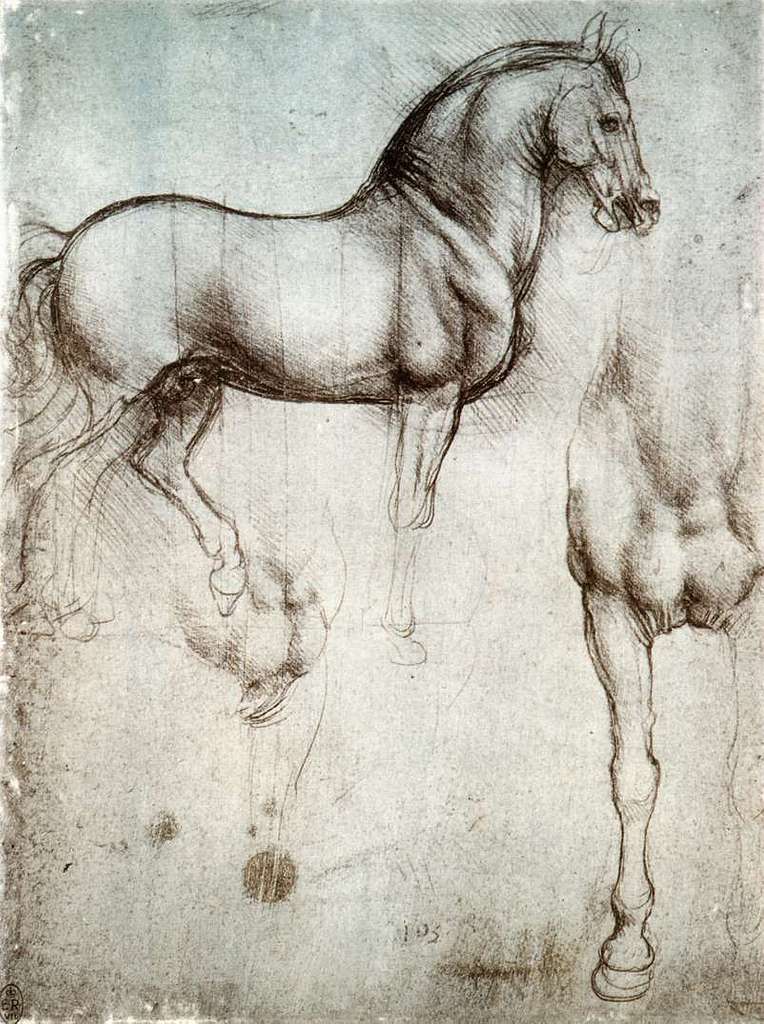
A horse rider tale
S.is a 29 years old woman, dressage horse rider. She came to see me about 2 years ago, just before a competition. She was experiencing lower back pain, which is quite common for horse riders due to repetitive compressions the spine experiences in training (and maybe a few falls during the past few years). She is on the field basically 7 days a week, for a reason or another. She practices, teaches and also works out at the gym in order to perform at her best.
The International Equestrian Federation defines dressage as “the highest expression of horse training”. Differently from horse racing riders (jockeys), dressage riders have a different and almost symbiotic connection with their horses. While jockeys focus more on efficiency, speed and athleticism, in dressage there is almost like a “dance”, a motion connection between rider and horse.
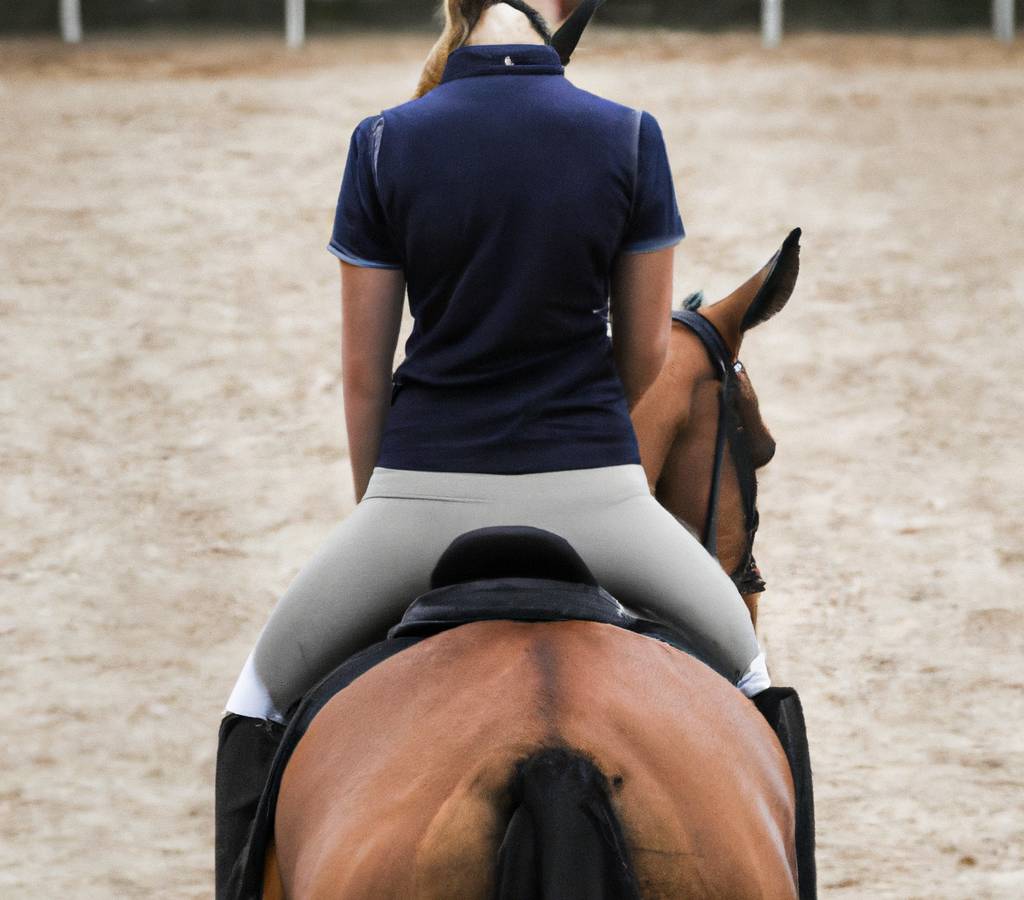
S. grew up with horses, and started practicing at the age of 6. She had a few nasty falls in the past, she does not have kids yet and she is generally fit. She mentions that she has been experiencing lower back pain for the last 3-4 months, and that she has always had the idea that somehow her right leg muscles are weaker than the left. I proceeded to carry out a chiropractic exam, composed of spinal examination, reflexes and muscle tests; also, some orthopaedic tests, like weight distribution analysis and gait analysis. Then I proceeded to xray her pelvis and lower back.
Results
S. intuition and “feeling” that she was out of alignement was right: the xrays showed a marked lateral pelvic tilt and rotation. Causes: unkown. It could have been a postural habit, a fall from the past, or a dominance of certain muscles on one side of the spine causing a “pull” on her pelvis. The body was not working and performing as it should, and S.’s horses (Luna) knew it!As a rider, S. had always strived for perfection in the equestrian world. Her connection with her horse was her passion and purpose, but over time, she began to experience subtle challenges that affected her performance. Most importantly, her ability to communicate effectively with her horse seemed to wane. When it was required to go straight, also Luna was “tilting” (by the way, Luna received chiropractic adjustments too from her equine chiropractor). S. pelvis needed correction and after the correction, a program to strengthen the pelvis in the right position.
S. decided to start care and embark on a journey that would significantly enhance her life both in and out of the saddle. Her story is a testament to the transformative power of chiropractic care, showcasing how it brought balance (in every sense) and vitality into her life. Her journey began with a series of gentle adjustments, tailored to her specific needs. The relief she felt was not immediate, but progressive. Gradually her body felt more aligned and at ease. When the adjustments started to “hold”, we started a strengthening program, involving core and rhomboids.
The true transformation became evident over time. As S.’s body regained its balance, she discovered newfound confidence and strength as a rider. Her cues to her horse became more precise, her balance improved, and she felt more connected with her equine partner than ever before.
Chiropractic care didn’t just improve S.’s life in the saddle; it extended beyond the arena. With her body in better alignment, she experienced increased energy and vitality in her daily life. Simple activities that had once caused discomfort were now enjoyable again. Sarah’s overall well-being improved, allowing her to fully embrace her passion for dressage without physical limitations (and also to win a few competitions). S. now gets regular adjusmtents on a maintenance basis and she is a living proof of the benefits of chiropractic care.

Another very similar case
These sort of problems are quite common between horse riders. This is precisely the case for another dressage rider when her long-time trusted horse started behaving strangely and her performance in dressage began to suffer. When she shared her predicament with a friend, J. she was surprised to hear that the solution might lie in visiting a chiropractic clinic.
J, had no physical pain or apparent issues. I had successfully helped numerous professional show jumpers, event riders, and international dressage riders facing similar challenges; she was referred to me by her coach. When J. walked into my practice, she felt a bit foolish explaining that she was there because her horse wasn’t responding as usual to her commands. She thought that you have to be in pain in order to step through the doors of a chiropractic office.
Assessment
After a thorough assessment, I explained that J’s pelvis was tilted down on the right side due to a weaker right-side back musculature. This tilt caused Jo to unknowingly lean to the right when riding her horse, thinking she was sitting up straight. Consequently, her horse misinterpreted her commands, often turning right when she wanted it to go forward or left. Additionally, her tilted pelvis caused her right ankle and leg to bump against the horse, reinforcing the unintended command to turn. Turning left became a struggle, requiring Jo to use excessive rein.
Despite having no riding experience, my knowledge of biomechanics allowed me to identify these issues by simply observing J. I realigned her pelvis and spine and gave her corrective exercises to maintain the alignment at home. When J returned – after a few sessions -, she happily reported that her horse had returned to its usual self, responding correctly to her instructions. Problems with communication were resolved, and her horse could perform maneuvers effortlessly in both directions.
Deeper connection
In the world of dressage, the deep connection between horse and rider is awe-inspiring. It’s evident that the rider’s health plays a crucial role beyond the arena. If a horse is physically healthy, but the rider is not, it can lead to imbalances over time. Similarly, if the horse is out of alignment, it can affect the rider. To achieve peak performance, both rider and horse must be mechanically sound. This principle applies to all forms of riding, from dressage to leisurely hacks.
In all forms of movement, strength, balance, and posture are crucial. Because riders are movers, chiropractic is an essential tool to ensure that they can effectively communicate with their horses while in the saddle. It’s a vital step towards achieving the best possible partnership between horse and human.

Edoardo Elisei DC
Alive Chiropractic LTD
alivechiropractic.co.uk
1C Crown Gate Square
POUNDBURY
01305602314
Alive Chiropractic Poundbury
1C Crown gate square DT1 3EJ
Poundbury, Dorchester
Phone Number
01305602314
07845096314
Conditions
Our clinic specialises in: YOU
“The beauty about chiropractic is the fact that it works with natural means. It puts nothing new into the body nor does it take away any natural gland or organ. Chiropractic simply releases life forces within the body, and lets nature do her work in a normal manner”.
Chiropractic care has been proven to be effective in managing a long list of conditions like sciatica, lower back pain, neck pain, headaches/migraines and much more. If you have any question, get in touch with our Poundbury clinic team; we will reply within a few hours.
If you are looking for a chiropractor in Dorchester, Alive Chiropractic team is ready to help you.
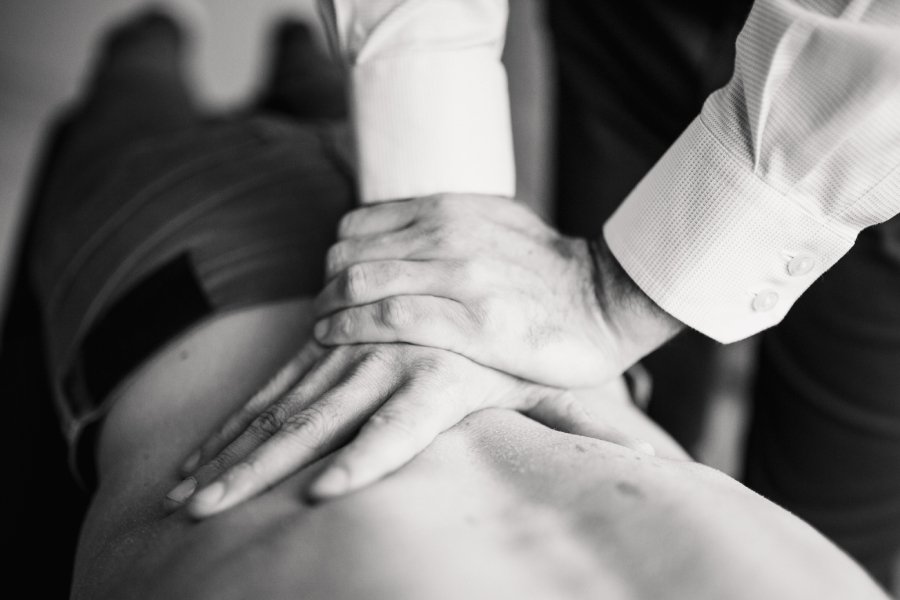
Lower back pain
Chronic lower back pain is one of the most common musculoskeletal conditions causing disability and absence from work worldwide.

Core weakness and instability
Commonly, stiffness is not a condition on its own but is often the result of an imbalance in the posture or the physiology of hte individual.
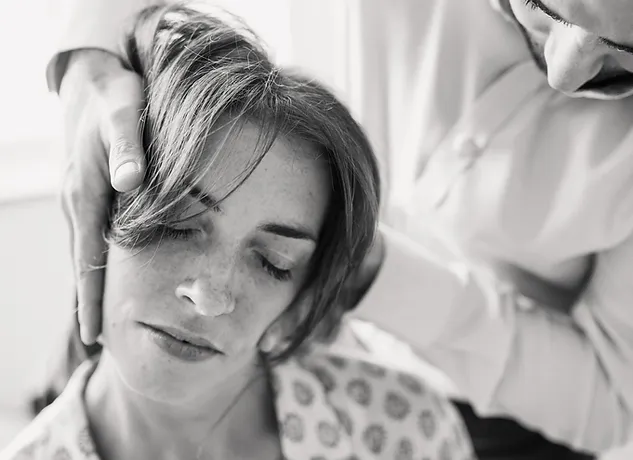
Headaches and migraines
If you suffer from frequent headaches or migraines, chiropractic care can provide effective relief.
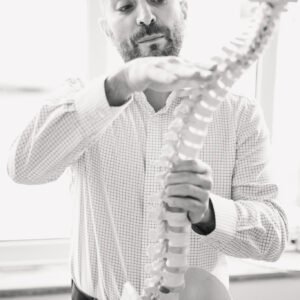
Gait disorders
Gait refers to the pattern of walking or how a person moves their limbs while walking. It is a complex process that involves the coordination of various body systems, including the musculoskeletal, nervous, and sensory systems.
